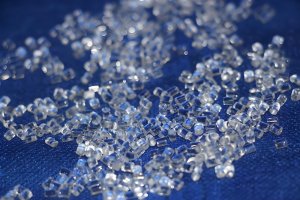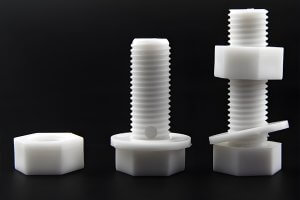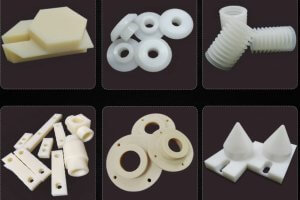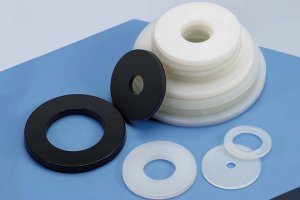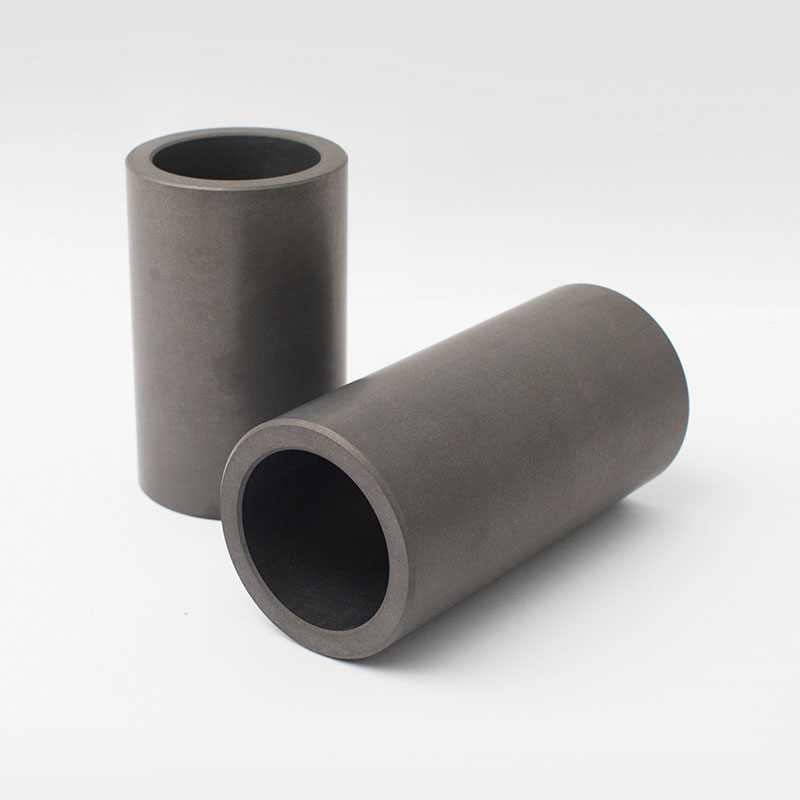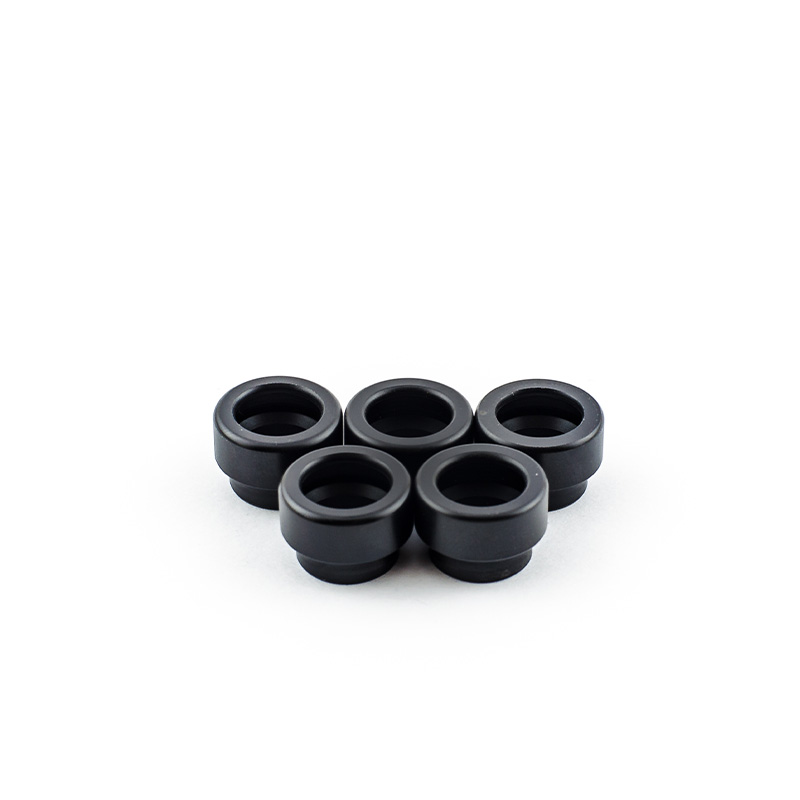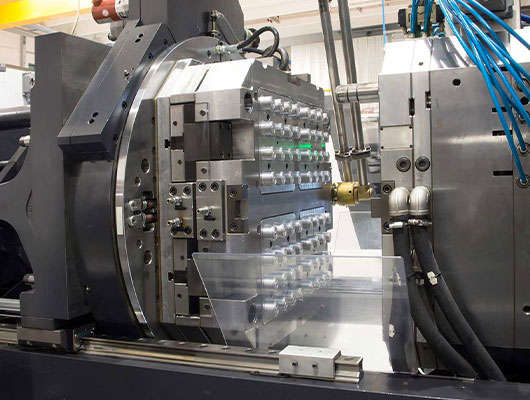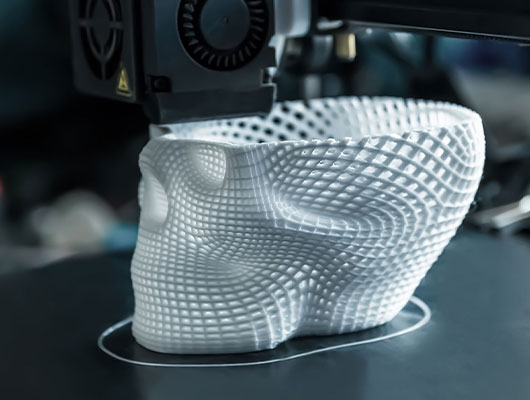About Nylon
Nylon, a synthetic thermoplastic material, has gained recognition for its exceptional mechanical characteristics, including high strength, stiffness, and toughness. Moreover, nylon exhibits resistance to wear, abrasion, and chemicals, positioning it as an optimal choice for demanding, high-performance applications.
One of the remarkable advantages of nylon lies in its versatility. It is available in various grades, each offering distinct properties suited for specific applications. For instance, nylon 6 and nylon 6/6 are commonly utilized grades, each with its own set of strengths and weaknesses.
Nylon has gained significant popularity due to its ease of machining and cost-effectiveness when compared to other engineering plastic materials. Machining nylon can be accomplished with standard cutting tools, making it accessible for numerous manufacturers. It finds frequent application in the production of gears, bearings, and other mechanical components.
Nylon emerges as a versatile material boasting excellent mechanical properties, making it a sought-after option for a wide range of applications.And for more detailed knowledge about nylon material, including its properties, applications, and machining techniques, you can refer to the article “Nylon Material Properties and Applications in CNC and Other Machining Methods“.



